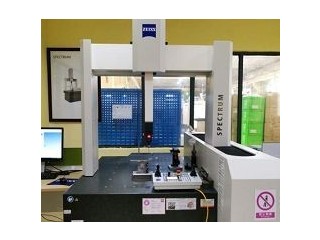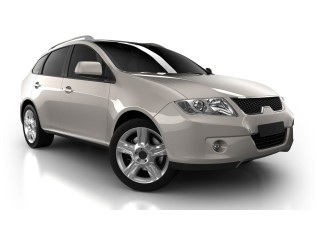Cable Sheath Materials - What You Need to Know Professional
3 years ago Baby & Kids Bedok 397 viewsLocation: Bedok
Price: Contact us
Insulation and sheath are the components of a cable that protect the conductor. The insulation isolates the flow of electricity, and the sheath wraps around the outside of the cable to protect the conductors inside. The choice of material used for insulation and sheath can have a significant impact on the overall performance of a cable. The following will provide you with an overview of the most common materials used in cable manufacturing.
PVC (Polyvinyl Chloride) For internal installations.Polyvinyl Chloride (PVC)
PVC is the most common and cheapest option for a given cable yarn design, it offers good flexibility, low cost and reasonable durability. It also offers good resistance to oil and water. The disadvantages are that some grades of PVC can weather badly and are susceptible to UV light. It can also give off poisonous halogen gases, toxic fumes and smoke when burnt.
PE (Polyethylene) For external installations.
PE can be stiff and very hard, however low density PE (LDPE) is more flexible. If its UV stabilized it offers excellent moisture and weather resistance. Often referred to as duct grade or weather resistant, high density PE sheath material (HDPE) can offer a good option for external or direct burial applications.
LSF (Low Smoke & Fume)
A modified PVC compound which can produce less HCI gas and smoke than PVC cables. However, LSF is a somewhat meaningless term, because it is PVC based it could still emit up to 22% Hydrogen Chloride (HCl) gas when burnt and give off black smoke. By way of comparison, standard PVC gives off up to 28% HCl.
LSHF (Low Smoke Halogen Free)
Also known as LS0H, LSZH sheath material (Low Smoke Zero Halogen) or sometimes OHLS (Zero Halogen Low Smoke). LSHF compounds are similar in appearance to PVC cables but behave very differently when exposed to fire. They do not give off significant amounts of toxic fumes or smoke and often their fire retardance is much better. LSHF cables are those which emit no more than 0.5% HCl when burned. Whilst more expensive than PVC/LSF cables LSHF provides improved building safety and are often specified for use in public buildings such as hospitals and airports etc. There is also CPR cable material.
PTFE (Polytetrafluoroethylene)
PTFE, or Teflon to you and me, is a non-flammable, very flexible, non-toxic and environmentally safe material that can be used in demanding conditions. It can operate at temperatures from -75C to +200C, or up to +250C short term. It is also unaffected by most fuels, oils and fluids.
FEP (Fluorinated Ethylene Propylene)
(Teflon variant) It is a type of fluoropolymer that has very similar properties to PTFE such as operational temperatures and low-reactivity to chemicals.
Rubber
Natural rubber that ensures flexibility, even at sub-zero temperatures. Rubber is waterproof, chemical resistant, extremely flexible and retains it's flexibility over a wide range of temperatures. Due to its high cost, synthetic rubber compounds are available to create more economical solutions which offer very similar performance.
Neoprene
Synthetic rubber that provides good oil and chemical resistance, tensile strength, as well as flexibility, even at low temperatures.
Silicone
For high or low temperature applications, operates from -50C to +180C. Excellent UV resistance and when exposed to fire does not produce any smoke or toxic gases. The soft material is however prone to damage and must be installed with care.
PUR (Polyurethane)
Offers good mechanical and chemical resistance. Its anti-kink characteristics make it ideal for high flexing automation applications. Depending on the blend, Polyurethane can be halogen free and flame retardant although not ideally suited for use in extreme temperatures due to the operating temperature range, typically between -40C and +125C.















